
Contributed by Scott Ward & Alan Weakley
A family of about 800 genera and 19,000 species, perennial (rarely annual), mycotrophic herbs (many epiphytic) and succulent-stemmed vines.
ID notes:Flowering plants are necessary for use of the key to genera; although some genera have distinguishing vegetative features. “Flowers" refers to the entire flowering parts (perianth to pollinia); perianth segments refer collectively to the sepals and petals, which sometimes differ from one another. Dorsal vs. lateral sepals can sometimes differ, and mention is made of this. The lip refers to the labellum, a highly specialized median petal often modified for pollination, and is often the most distinct feature at the genus level. Given the distinct nature (and function!) of the labellum, nuanced references to the median or lateral lobes are sometimes made. Resupination in orchids refers to the orientation of the flower in accordance with its main stem axis. Lip below typically refers to resupinate flowers, the lip lowest on the flower. Lip above is readily apparent in some taxa (e.g., Platanthera nivea, Calopogon spp., Prosthechea cochleata). For epiphytic orchids bearing pseudobulbs, inflorescences originate either basally (from the base of pseudobulb) or terminally (peduncles arising from apex of pseudobulb). Pseudobulbs are non-root, vegetative structures appearing as thickened masses throughout stems at many internodes (homoblastic) or at a single (usually more proximal) internode, or heteroblastic. Pseudobulbs are common on most epiphytic species of orchid and their shape, level of compression, and size are often diagnostic.
Ref: Brown (2003); Brown (2020); Correll (1937); Correll (1950); Homoya (1993); Luer (1972); Luer (1975); Pridgeon et al. (1999a); Pridgeon et al. (1999b); Pridgeon et al. (1999c); Romero-González et al. (2002) In Flora of North America Editorial Committee (2002a); Schuiteman & Chase (2015). Show full citations.
Hover over a shape, letter, icon, or arrow on the map for definition or see the legend. Data for arrows not developed for genera and families which may have species only occurring outside the flora area.
 © Keith Bradley | Spiranthes | Original Image ⭷
© Keith Bradley | Spiranthes | Original Image ⭷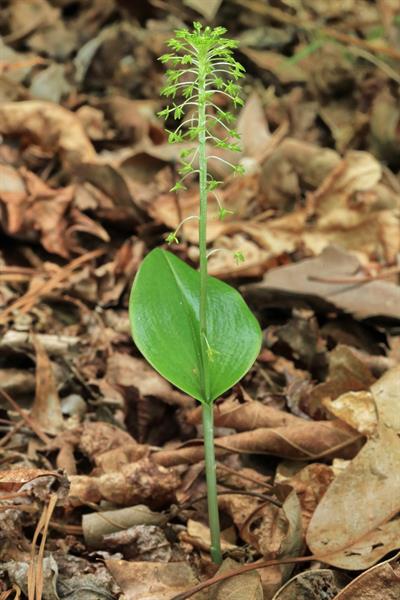 © Alan M. Cressler | Malaxis | Original Image ⭷
© Alan M. Cressler | Malaxis | Original Image ⭷ © Keith Bradley | Original Image ⭷
© Keith Bradley | Original Image ⭷ © Richard & Teresa Ware CC-BY-NC, permission granted to NCBG | Original Image ⭷
© Richard & Teresa Ware CC-BY-NC, permission granted to NCBG | Original Image ⭷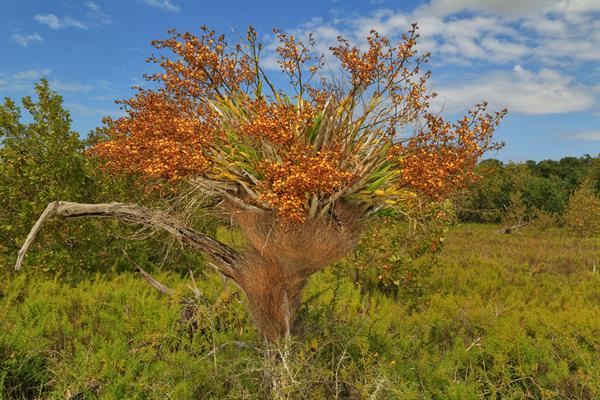 © Alan M. Cressler | Cyrtopodium | Original Image ⭷
© Alan M. Cressler | Cyrtopodium | Original Image ⭷ © Scott Ward | Cleistesiopsis oricamporum | Original Image ⭷
© Scott Ward | Cleistesiopsis oricamporum | Original Image ⭷ © Keith Bradley | Original Image ⭷
© Keith Bradley | Original Image ⭷ © Scott Ward | Calopogon | Original Image ⭷
© Scott Ward | Calopogon | Original Image ⭷ © Scott Ward | Prosthechea pygmaea | Original Image ⭷
© Scott Ward | Prosthechea pygmaea | Original Image ⭷ © Alan M. Cressler | Aplectrum | Original Image ⭷
© Alan M. Cressler | Aplectrum | Original Image ⭷ © Keith Bradley | Basiphyllaea | Original Image ⭷
© Keith Bradley | Basiphyllaea | Original Image ⭷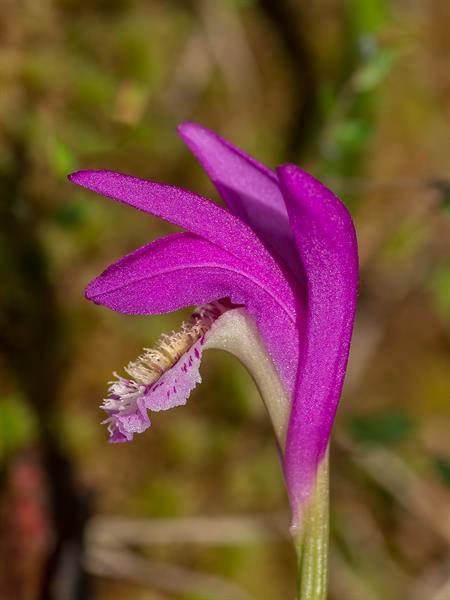 © Jim Fowler | Arethusa | Original Image ⭷
© Jim Fowler | Arethusa | Original Image ⭷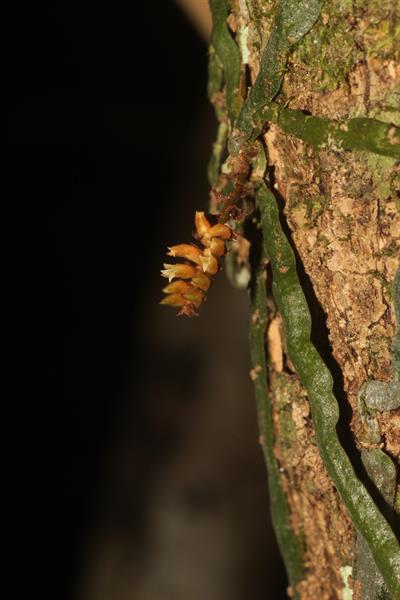 © Scott Ward | Campylocentrum pachyrrhizum | Original Image ⭷
© Scott Ward | Campylocentrum pachyrrhizum | Original Image ⭷ © Alan Cressler: Epidendrum nocturnum, Fakahatchee Strand Preserve State Park, Collier County, Florida 3 by Alan Cressler | Epidendrum nocturnum source | Original Image ⭷
© Alan Cressler: Epidendrum nocturnum, Fakahatchee Strand Preserve State Park, Collier County, Florida 3 by Alan Cressler | Epidendrum nocturnum source | Original Image ⭷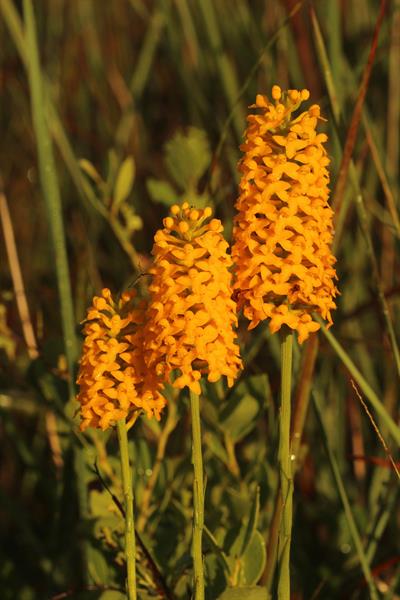 © Scott Ward | Platanthera integra | Original Image ⭷
© Scott Ward | Platanthera integra | Original Image ⭷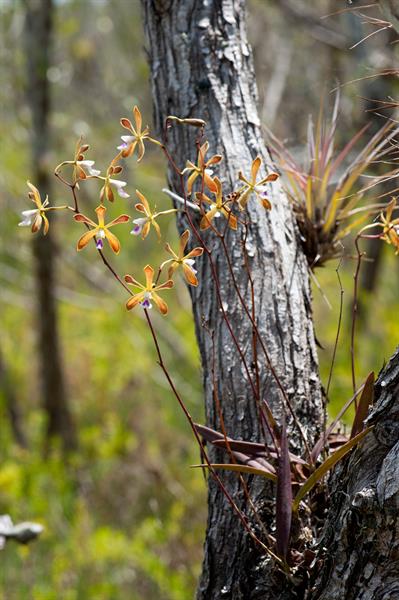 © Keith Bradley | Encyclia tampensis | Original Image ⭷
© Keith Bradley | Encyclia tampensis | Original Image ⭷ © Will Stuart | Goodyera | Original Image ⭷
© Will Stuart | Goodyera | Original Image ⭷ © Floyd A. Griffith | Tipularia discolor | Original Image ⭷
© Floyd A. Griffith | Tipularia discolor | Original Image ⭷ © Scott Ward | Prosthechea boothiana var. erythronioides | Original Image ⭷
© Scott Ward | Prosthechea boothiana var. erythronioides | Original Image ⭷ © Alan M. Cressler | Corallorhiza | Original Image ⭷
© Alan M. Cressler | Corallorhiza | Original Image ⭷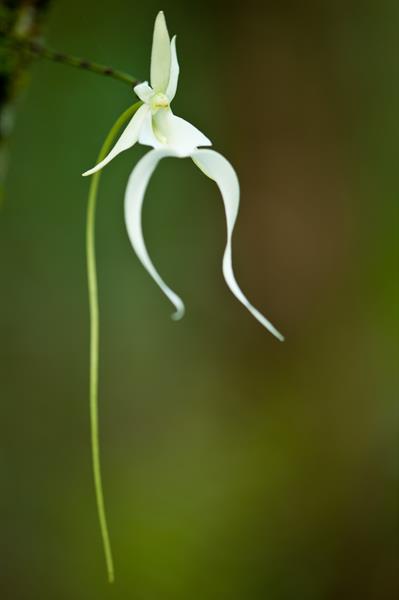 © Keith Bradley | Dendrophylax lindenii | Original Image ⭷
© Keith Bradley | Dendrophylax lindenii | Original Image ⭷Feedback
See something wrong or missing on about Orchidaceae? Let us know here: (Please include your name and email if at all complicated so we can clarify if needed.)
Cite as...